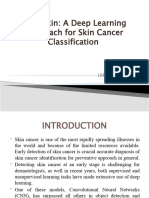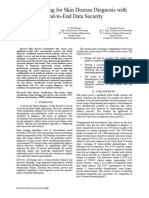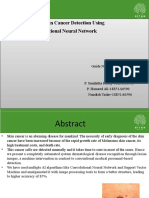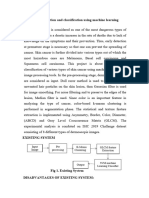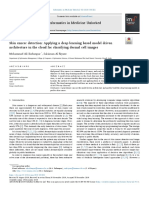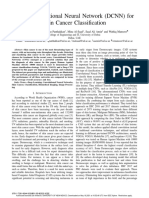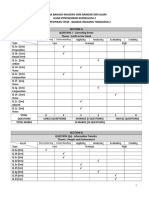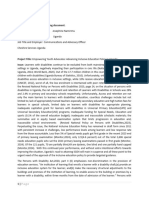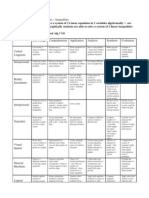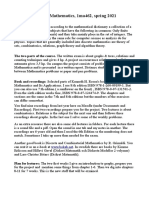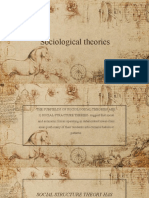0% found this document useful (0 votes)
29 views25 pagesPROJECT
The document presents a project on developing an intelligent system for skin lesion recognition using deep learning techniques, specifically convolutional neural networks (CNNs). It discusses the importance of early skin cancer detection, outlines the methodology for data acquisition, preprocessing, model training, and evaluation, and highlights the advantages of automated classification systems. The project aims to create a user-friendly web application for efficient skin cancer diagnosis, addressing the limitations of current methods.
Uploaded by
nivedhitha2704Copyright
© © All Rights Reserved
We take content rights seriously. If you suspect this is your content, claim it here.
Available Formats
Download as PPTX, PDF, TXT or read online on Scribd
0% found this document useful (0 votes)
29 views25 pagesPROJECT
The document presents a project on developing an intelligent system for skin lesion recognition using deep learning techniques, specifically convolutional neural networks (CNNs). It discusses the importance of early skin cancer detection, outlines the methodology for data acquisition, preprocessing, model training, and evaluation, and highlights the advantages of automated classification systems. The project aims to create a user-friendly web application for efficient skin cancer diagnosis, addressing the limitations of current methods.
Uploaded by
nivedhitha2704Copyright
© © All Rights Reserved
We take content rights seriously. If you suspect this is your content, claim it here.
Available Formats
Download as PPTX, PDF, TXT or read online on Scribd
/ 25

